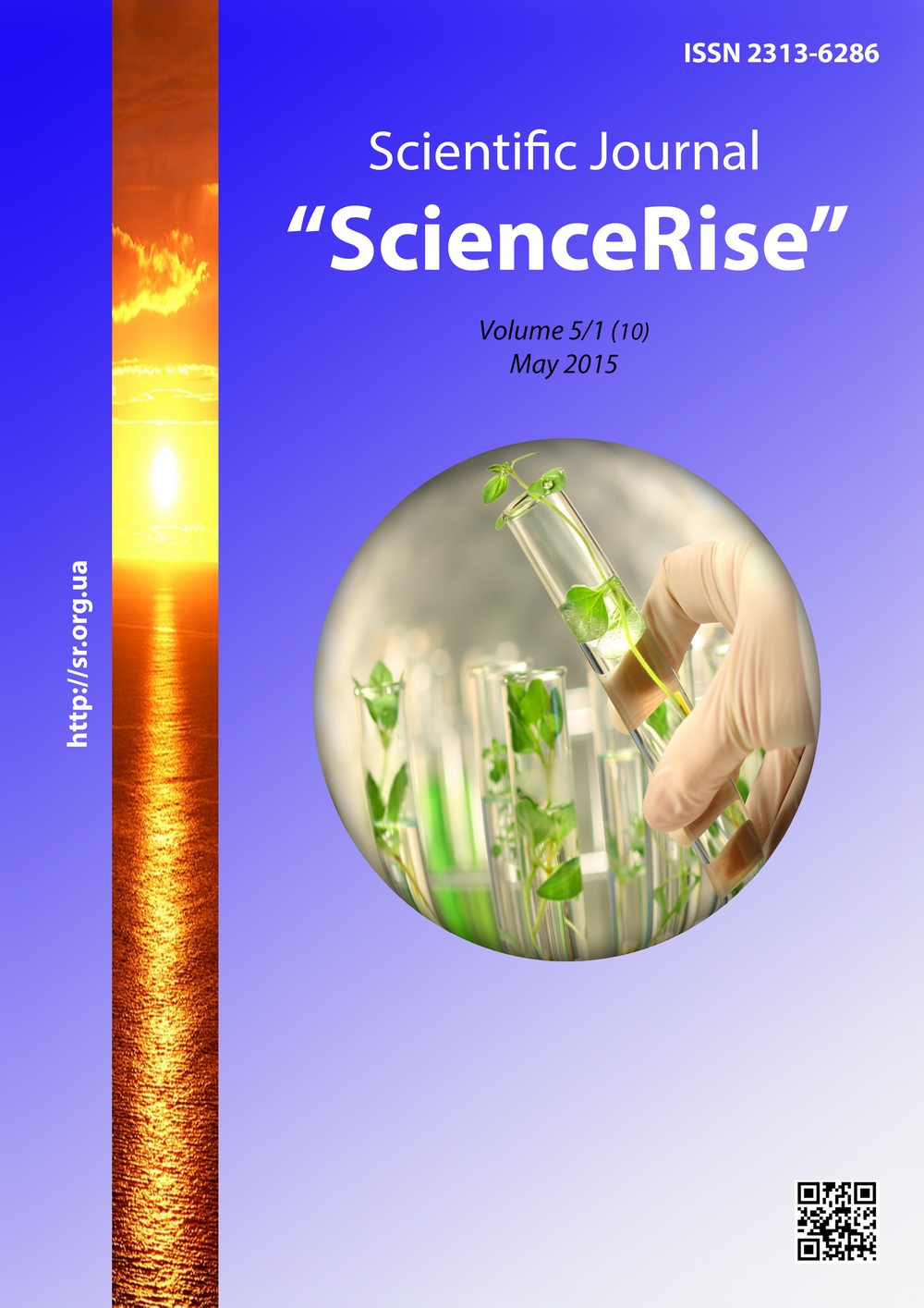Outlook on teaching school science for sustainable development
DOI:
https://doi.org/10.15587/2313-8416.2015.42797Keywords:
developing curricula, school science, Science, Technology and Mathematics (STM)Abstract
During the past few decades, resources have been allocated in many parts of the world for developing curricula in school science, which were directed to the need for more scientists that can promote national development. In the light of this, many developing country has emphasized the education of its citizens in Science, Technology and Mathematics (STM). This mode was reflected in the Nigerian National Policy on Education when it recommended an enrolment ratio of 60:40 in favour of STM and related courses in higher institution of learning (Federal Republic of Nigeria 2004). This guideline became necessary in order to boost our manpower development and researches in these professions. The role of STM in the development of a nation cannot be over emphasized as it is very important in solving a country’s problem. STM is the base for the overall development of a nation, the instrument for the orderly and ethical behaviour of it citizens
References
Amusan, O. O. C. (1992). Hints On the Teaching of Carbon Compounds of the Senior Secondary School Level. Journal of Science Teachers Association of Nigeria, 27 (2), 98–103.
Gallton, A., Jaihall; Brandt, R. E. (Ed.) (2000). Curriculum for the New Millennium. Educational in a New Era, U.S.A. Association for Supervision and Curriculum Development, 97–121.
Gobel, D. L., Samuel, K. U, Helgesons, Novak, J., Butsow, J. (1986). Research interests of secondary science teachers. Journal of Research in Science Teaching, 23 (2), 145–146. doi: 10.1002/tea.3660230206
Halah Saeed, B. A., Najah, A. A. (2010). Interdisciplinary Science and Developing Science Teaching. Conference Proceedings. 10th International Educational Technology Conference and Exhibition, Istanbul, 2.
Koleosho, A. (1991). A Strategy for Teaching the Concept of Relative Atomic Mass of an Element. Journal of Science Teachers Association of Nigeria, 27 (1), 139–142.
Nnadi, E. N. (1991). A Review of Some Uses of Computer Simulations in the Teaching of Physics Concepts at Secondary School Level. Journal of Science Teachers Association of Nigeria, 27 (X), 175–180.
Nwagbo, C. (1999). Effects of Guided Discovery and Expository Teaching Method on the Attitude towards Biology of Students of Different Levels of Scientific Literacy. Journal of Science Teachers Association of Nigeria, 34 (1&2), 43–66.
Nworgu, B. G. (2010). Research in Science Education in Nigeria: Conceptual, Methodological and Analytical Issues. Guest Lecture Delivered at the 2nd National Conference of The School of Sciences, Federal College of Education, Okene.
Osuafor, A. M. (1999). Extent of Use of Research Findings on Instructional Strategies in Science Education. Journal of Science Teachers Association of Nigeria, 34 (1&2), 107–112.
Sullivan, P., Mousley, J.(1994). Quantity Mathematics Teaching: Describing Some Key Components. Mathematics Education Research Journal, 6 (1), 4–22. doi: 10.1007/bf03217259
Downloads
Published
Issue
Section
License
Copyright (c) 2015 Jacinta A. Opara

This work is licensed under a Creative Commons Attribution 4.0 International License.
Our journal abides by the Creative Commons CC BY copyright rights and permissions for open access journals.
Authors, who are published in this journal, agree to the following conditions:
1. The authors reserve the right to authorship of the work and pass the first publication right of this work to the journal under the terms of a Creative Commons CC BY, which allows others to freely distribute the published research with the obligatory reference to the authors of the original work and the first publication of the work in this journal.
2. The authors have the right to conclude separate supplement agreements that relate to non-exclusive work distribution in the form in which it has been published by the journal (for example, to upload the work to the online storage of the journal or publish it as part of a monograph), provided that the reference to the first publication of the work in this journal is included.

